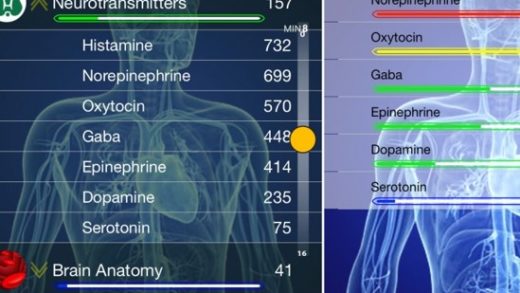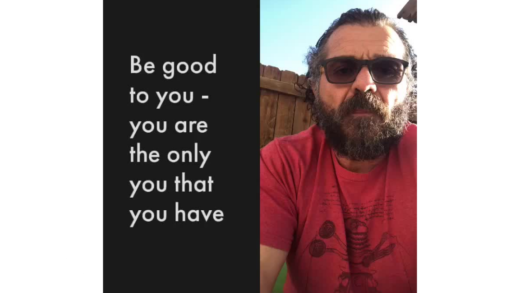Exercise and Mental Health in Denver: Reducing Stress Naturally
The next focus in our mental health series is exercise. I have found it to be an essential tool in my PTSD Recovery toolbox, and talk about it extensively in my book, #dealwithit: Living Well with PTSD.
Over the next few weeks, Melissa and I will explore a little of the science behind exercise and its effect on the body, and discuss the benefits we receive from daily movement, as well as suggest some ways you might incorporate exercise into your routine.
According to the American Psychiatric Association, nearly half of U.S. adults say that stress has negatively affected their behavior, and Our World Data reported (pre-pandemic!) that more than 284 million individuals worldwide suffer from an anxiety disorder. These numbers tell us that we all, whether we have a PTS diagnosis or not, can benefit from reducing or managing stress.
There are many scholarly studies out there about using exercise to reduce stress. Absolutely read those if you like. For those of us who need bullet points, here are some ways that exercise can help you manage stress.
REDUCING STRESS NATURALLY THROUGH EXERCISE
1. Exercise reduces stress hormone levels such as cortisol and adrenaline. The reduction of these hormones protects your body’s systems from the negative affects of stress. So get moving–your immune system, digestive system, and cardiovascular system will all thank you.
2. Exercise stimulates the production of endorphins, which are natural painkillers and mood elevators. Feeling better, mentally and physically, makes you a nicer person to be around, helps with depression and anxiety, and potentially gets you better sleep.
3. Exercise helps you focus on something besides your problems or worries. The Mayo Clinic calls exercise “meditation in motion.” Focusing on breathing, your golf swing, a tennis ball, a basketball goal, etc., all take your mind off your issues. When you create room in your mind in this way, creative solutions to your problems often rise to the surface.
So if you’re feeling worried or stressed, get out and get moving! If you’ve had a PTSD or anxiety diagnosis and are into your recovery journey, consider making exercise a part of your normal routine. If you need help with this or other tools in your tool box, drop us an email– we are happy to help!


